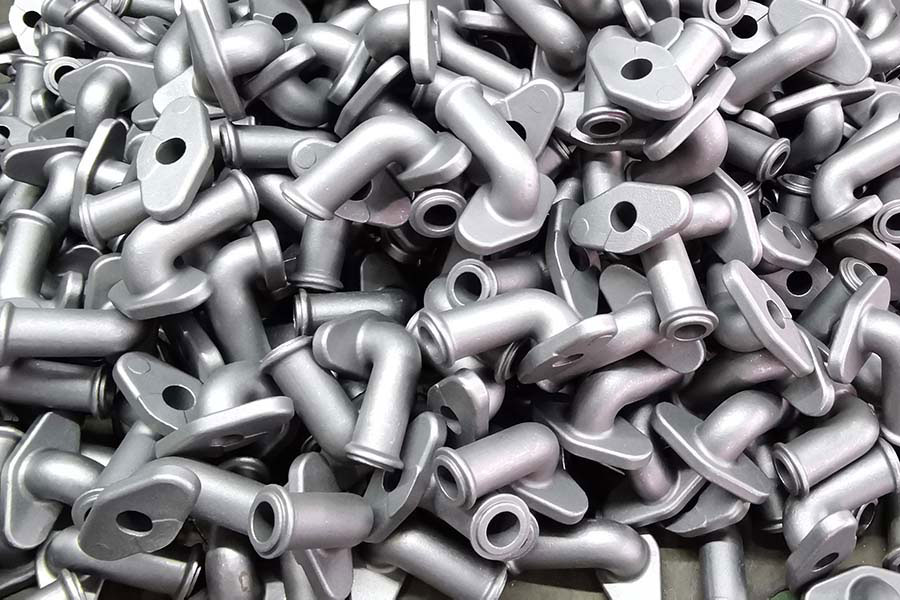Austenitic stainless steel refers to stainless steel with an austenitic structure at room temperature. Austenitic stainless steel is one of the five classes of stainless steel by crystalline structure (along with ferritic, martensitic, duplex and precipitation hardened). When the steel contains about 18% Cr, 8%-25% Ni, and about 0.1% C, it has a stable austenite structure. Austenitic chromium-nickel stainless steel includes the famous 18Cr-8Ni steel and the high Cr-Ni series steel developed by adding Cr and Ni content and adding Mo, Cu, Si, Nb, Ti and other elements on this basis. Austenitic stainless steel is non-magnetic and has high toughness and plasticity, but its strength is low, and it is impossible to strengthen it through phase transformation. It can only be strengthened by cold working. If elements such as S, Ca, Se, Te are added, it has good properties of machinability.
Quick Views for Austenitic Stainless Steel |
|
| Main Chemical Composition | Cr,Ni,C,Mo,Cu,Si,Nb,Ti |
| Performance | Non-magnetic, high toughness, high plasticity, low strength |
| Definition | Stainless steel with austenitic structure at room temperature |
| Representative Grades | 304, 316, 1.4310, 1.4301, 1.4408 |
| Machinability | Fair |
| Weldability | Generally very good |
| Typical Uses | Food machines, Hardwares, Chemical Processing...etc |
Auto Parts Cast by Investment Casting of Autenitic Stainless Steel
Austenitic stainless steel can also produce castings, usually by investment casting process. In order to improve the fluidity of molten steel and improve casting performance, the alloy composition of cast steel should be adjusted by increasing the silicon content, enlarging the range of chromium and nickel content, and increasing the upper limit of the impurity element sulfur.
Austenitic stainless steel should be solid-solution treated before use, so as to maximize the solid solution of various precipitates such as carbides in the steel into the austenite matrix, while also homogenizing the structure and eliminating stress, so as to ensure excellent Corrosion resistance and mechanical properties. The correct solution treatment system is water cooling after heating at 1050~1150℃ (the thin parts can also be air cooled). The solution treatment temperature depends on the degree of alloying of the steel: Molybdenum-free or low-molybdenum steel grades should be lower (≤1100℃), and higher alloyed grades such as 00Cr20Ni18Mo-6CuN, 00Cr25Ni22Mo2N, etc. should be higher (1080~1150) ℃).
Austenitic 304 stainless steel steel plate, which is said to bring strong anti-rust and corrosion resistance, and has excellent plasticity and toughness, which is convenient for stamping and forming. With a density of 7.93g/cm3, 304 stainless steel is a very common stainless steel, also known as 18/8 stainless steel in the industry. Its metal products are resistant to high temperatures and have good processing properties, so they are widely used in industry and furniture decoration industries and food and medical industries.
Post time: May-24-2021


